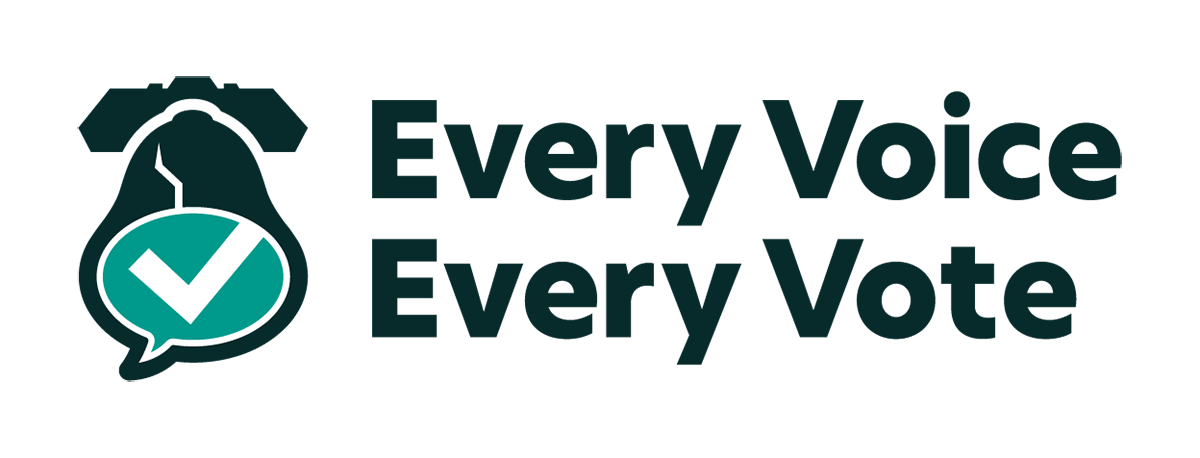
This article is a part of Every Voice, Every Vote, a collaborative project managed by the Lenfest Institute for Journalism with lead support from the William Penn Foundation, and additional funding from Lenfest, Comcast NBC Universal, the John S. and James L. Knight Foundation, Henry L. Kimelman Family Foundation, Judy and Peter Leone, Arctos Foundation, Wyncote Foundation, 25th Century Foundation and Dolfinger-McMahon Foundation.
North Philadelphia voters swung farther for Donald Trump in 2024 from 2020 than in most other parts of the city. Though from a low base, that’s a consequential change in the biggest voting block in a key swing state.
As the second Trump presidency begins, Technical.ly sent comedian TaTa Sherise to Broad and Erie to find out whether the economy was a driving factor in that shift.
Check out the video to hear directly what residents had to say.
While overall turnout in Philadelphia in November 2024 was slightly lower than four years prior (65% vs. 66%, per city data), an Inquirer analysis of votes cast found a significant shift in support for the Republican candidate since the first time he ran for office.
Between 2016 and 2024, Trump’s share of the vote increased nearly 5 percentage points across the city (from 15.4% to 20.1%). The biggest jump came in Latino-majority neighborhoods, where support nearly tripled, but it also happened in majority-Black precincts, which went from 2.6% to 6.3%.
Sherise, Technical.ly’s first creator in residence, talked to a wide variety of people on that street corner in the weeks leading up to Inauguration Day, from 30-something professionals to 50-year-old neighborhood stans. Not everyone cited finances as a reason, but several called it out as a possible reason — even if they hadn’t voted for Trump themselves.
“They wanted those stimulus checks,” one woman answered.
Another woman gave a similar answer, while noting the idea came from a false assumption — one that appeared to be prevalent around the country.
“I heard a lot of people saying, ‘Oh yeah, I want to vote for Trump because Trump was, you know, Trump gave us like $1,500,’ ” the woman told Sherise. “But really, it wasn’t Trump, y’all! It was not Trump — it was Congress.”
Legislators appropriated the money for the first round of COVID-era stimulus checks, sent in March and December of 2020. But President Trump signed the bill legalizing the outlay and made sure to get his personal signature on the checks. A third round of stimulus checks went out in March 2021, under the Biden administration.
Another one of Sherise’s interviewees called out economic factors in a different way, pointing not to Trump’s or the Republican party’s beneficence, but the Democratic party’s neglect.
“Over the last four years, I think a lot of people grew tired of not having certain things they expected from the Democratic Party. It’s like they took your vote, then forgot about you,” he said. “Social issues do not feed your family.”







